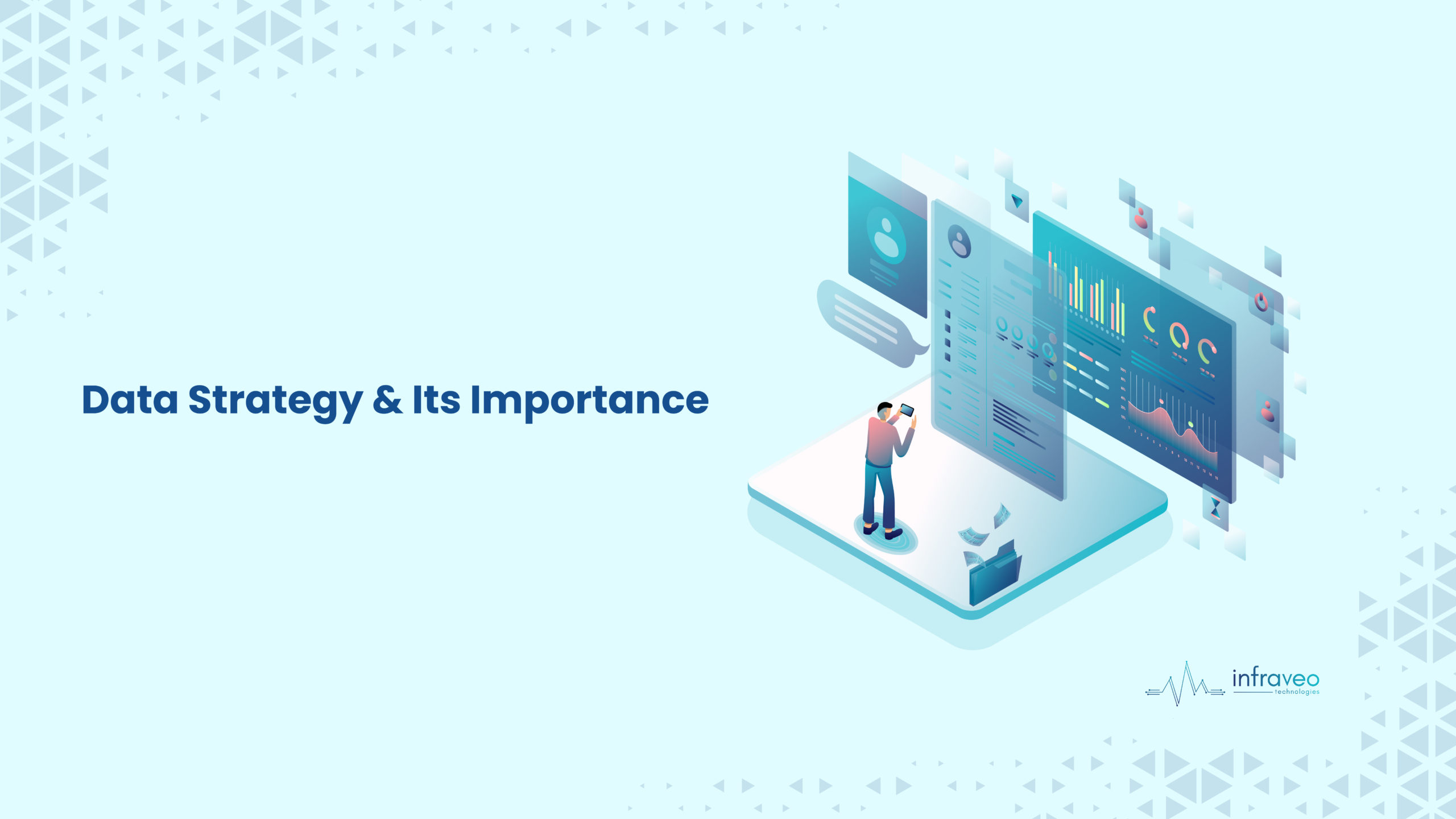Data is becoming increasingly important in the digital age. So, companies are collecting more data than ever before. They are using it to make better decisions about their products, their customers, and their business strategies. But as data becomes more important, so does the need for data strategies. Data Strategies can help companies make the most of it. In this article, we will explore the importance of data strategies in the digital age. We will look at the trends that are driving the need for data strategies and the challenges companies will face as they try to implement them. We will also provide some tips on how to create a data strategy that will help your company succeed in the digital age.
The Importance of Data Strategy in the Digital Age
Data technology, science, and processes are rewriting business norms and driving enterprises towards digital transformation. In the new business environment, new data workloads produced by enterprise AI, machine learning, and augmented reality make traditional practices ineffective. Businesses in any industry need an intelligent data strategy to convert the raw data into a strategic asset.
A well-defined data strategy enables you to:
Store and manage data efficiently:
Post the pandemic, business teams are more widely distributed than ever. This ultimately means that businesses gather information from a variety of sources. Everyone, irrespective of the location, needs quick and effective access to the data. It is noticed that instead of consolidating the insights and storing them in one place, businesses keep them in numerous networks of on-premises and cloud-based systems that frequently do not operate well together. As a result of this, departmental barriers are created which makes it challenging to are and extract business information, particularly in hybrid workplaces.
A well-planned data strategy will provide staff with information about where the data is kept, as well as clear instructions on how to safely access it and transfer it between systems.Make knowledgeable decisions:
Many business organizations find marketing a very challenging undertaking. The prominent reason is that these businesses do not know the best strategy for appealing to customers’ sensitivities. They don’t understand what their customers want from a good or service.
By incorporating a data strategy, businesses will be able to have a comprehensive grasp of the wants and preferences of their consumer base, allowing them to utilize this knowledge in subsequent marketing initiatives. By studying and analyzing the strategically collected data, a business can get an in-depth insight into what crucial improvements are required to regulate business operations and get wonderful results.Enhance data security:
A survey projects that the average cost per data breach was $3.86 million globally.
Companies may create effective data management processes to increase the security of their information by using data strategies that improve the smart use of data and safeguards it from internal duplications and unauthorized access that could result in losses.
The plan is essential for identifying and reducing threats that could jeopardize the firm’s data and harm its brand. It is especially crucial when using sophisticated surveillance techniques and cognitively enhanced controls to safeguard data.
To learn more about the importance of data in the digital age, let’s look at some of the trends driving the need for data strategies. These trends include the growth of digital products, the shift towards analytics-driven business models, and the rise of artificial intelligence (AI). Now we will look at each of these trends in brief.
Trends Driving the Need for Data Strategies
The growth of digital products:
Many companies are now creating digital products. These products are driving a significant amount of data. As companies gather this data, they’re using it to make better decisions about their products.
For example, they’re using data to determine how their products are being used and where customers are struggling with their products.The shift towards analytics-driven business models:
As more companies are creating digital products, they’re shifting towards analytics-driven business models. In other words, they’re focusing on gathering data to make better decisions. The data they’re gathering is helping them understand their customers and identify growth opportunities.
The rise of AI:
As companies gather more data, they are looking for ways to analyze it quickly and efficiently. With data growing so rapidly, it can be difficult for humans to keep up. That’s why many companies are implementing AI systems that can help them analyze their data more quickly and efficiently.
The Challenges of Implementing Data Strategies
As you can see, data is important in the digital age, and data strategies are essential for companies that want to make the most of it. But as companies attempt to implement data strategies, they’ll encounter a few challenges. Now. let’s look at some of the challenges companies will face as they attempt to implement data strategies.
Accessibility and Autonomy:
Making data available and getting everyone around to use it are both different things. A survey conducted with some well-known businesses revealed that the foremost challenge faced by them was to make data accessible to their employees in a secure manner. To overcome this, businesses need to ensure that data is available in a format, which is tangible, understandable, and can immediately correlate with the operations they perform and decisions they make to improve analytics adoption.
Trust in Data:
Building trust with their data is still the most prevalent challenge faced by businesses. Since data can be obtained from various platforms, divisions, or outside vendors, it frequently comes in various formats. As a result, time and energy must be invested in data reformatting, validation, and consolidation to satisfy analytical demands. Along with this, the process of cleaning and preparing the data is a tedious process. In some cases, the exchange of data occurs without the knowledge of where the data came from. This lack of knowledge can result in decreased adoption of data tools or running multiple manual quality assurance processes.
Data Overload:
When there is too much information available, sometimes organizations forget to consider valuable data to generate insights. To avoid this, it is important to make use of emerging technologies, such as automation for data preparation and sorting, as well as advanced analytics tools like forecasting, artificial intelligence, and machine learning to find insights hidden within the millions of recorded data sets. Once the company has access to more insightful data, it becomes more data-driven.
Tips for Creating an Effective Data Strategy
Now that we’ve explored the trends that are driving the need for data strategies and the challenges companies will face as they try to implement them, let’s look at some tips for creating an effective data strategy. While every company’s data strategy will be different, there are a few best practices that can help companies create an effective strategy.
Communicate the need for a strategy:
All stakeholders in the company need to understand the importance of data and the need for a data strategy. If all stakeholders understand the importance of data, they’ll be more likely to indulge in the strategy.
Choose your approach early:
Companies need to choose their approach early. They need to decide how they’ll gather their data, where they’ll store it, and how they’ll use it. If they don’t choose their approach early, they may not have enough time to implement their strategy before they need it.
Define your data collection strategy:
Companies need to define their data collection strategy. This includes defining which data they want to collect, how they’ll collect it, and what systems they’ll use to store the data.
Define business objectives within the strategy:
Data strategy should be in line with business strategy in the areas of AI and analytics where there are numerous potentials in order to set priorities, decide which areas to start in, and select what use cases to prepare for next. It is difficult to define AI and machine learning (ML) priorities; doing so calls for a solid foundation in the techniques, prospects, and daring vision. In this situation, executives in technology and data science should collaborate closely with those in business and products to develop joint visions and goals.
Conclusion
Data strategy serves as the cornerstone for all data requirements of an organization that strives to develop its analytical capacity. Developing and deploying a data strategy is a long-term project. But data strategy can definitely advance your business objectives. The challenges can be solved, and ultimately a data strategy can advance your business objectives.




